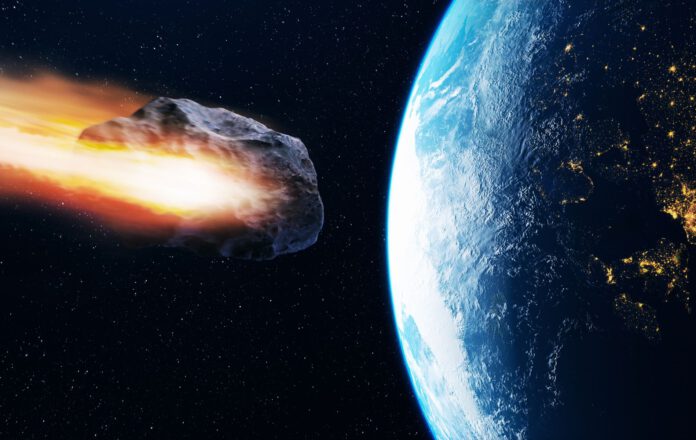
Astrophysicists Study Nuclear Deflection as a Solution Against Potential Asteroid Attacks
Though it may sound extreme, when the threat is significant, taking action becomes a necessity. Astronomers have been successful up to this point in identifying and analyzing the vast majority of large and potentially dangerous asteroids, and for now, there appears to be no cause for concern. Their findings indicate that, as of now, no known asteroid represents a genuine threat to Earth in the next 100 years. Nevertheless, researchers are not taking any chances and are examining ways to protect our planet from possible asteroid impacts. Despite the promising results of the DART mission, experts are contemplating whether a somewhat more drastic approach involving a nuclear bomb might offer an even more effective solution.
Nuclear Explosion: A Possible Saviour?
“While the probability of a major asteroid impact during our lifetime is small, the potential consequences could be incredibly devastating,” says researcher Bruck Syal. That’s why he and his colleagues are studying whether a nuclear explosion might offer a solution. “Nuclear weapons have the highest energy-density-to-mass ratio of all human technologies,” explains lead author Mary Burkey. “This makes them extraordinarily valuable at mitigating threats posed by Earth-crossing asteroids.”
How Does It Work?
In a new study, researchers have developed a model to explore the possibility of using a nuclear weapon to protect Earth from the devastating impacts of asteroids. The findings are promising. “If we have enough warning time, we could fire a nuclear weapon and send it to an asteroid millions of kilometers away heading towards Earth,” suggests Burkey. “Then we would detonate the device, changing the asteroid’s course. This would cause the Earth-crosser to remain intact but get a controlled push away from Earth. Another option is to disperse the asteroid, causing it to break into small, fast-moving pieces that would also miss our planet.”
The DART Mission
Scientists are building on lessons learned during NASA’s recent DART mission with this model. During this mission, which took place in September 2022, a spacecraft was deliberately sent to an asteroid to change its trajectory. This mission taught us a lot about what’s needed to avert a dangerous asteroid. However, while the DART mission was successful, such a strategy also has some drawbacks. For example, we can only send a limited amount of mass into space. Hence, scientists are still considering nuclear deflection as a potential alternative.
New Models and Simulations
The new model allows researchers to simulate what happens when a nuclear bomb is detonated near an asteroid. This tool contributes to a better understanding of how radiation from a nuclear explosion reacts on the surface of an asteroid and examines the shock wave dynamics that could affect the asteroid’s interior. As such, we will better understand how radiation works if we use such a weapon to change the course of a celestial object.
The articles includes a useful and accurate collection of information about how X-rays are absorbed by surfaces. With highly accurate simulations, photons were tracked as they penetrated the surfaces of asteroid-like materials like rock, iron, and ice. The model takes into account different conditions, including the composition of the materials, varying porosity, and the angle at which the radiation hits. This flexibility allows the model to be applicable in different possible scenarios.
The newly conducted simulations provide scientists with more insight and options should a space rock suddenly head towards Earth. “If there ever is a real emergency where Earth needs to be defended, it’s critical to have highly accurate simulation models,” says researcher Megan Bruck Syal. “These models can provide decision-makers with invaluable information. With this, they can prevent potential impacts from asteroids, protect essential infrastructure, and save lives.”











